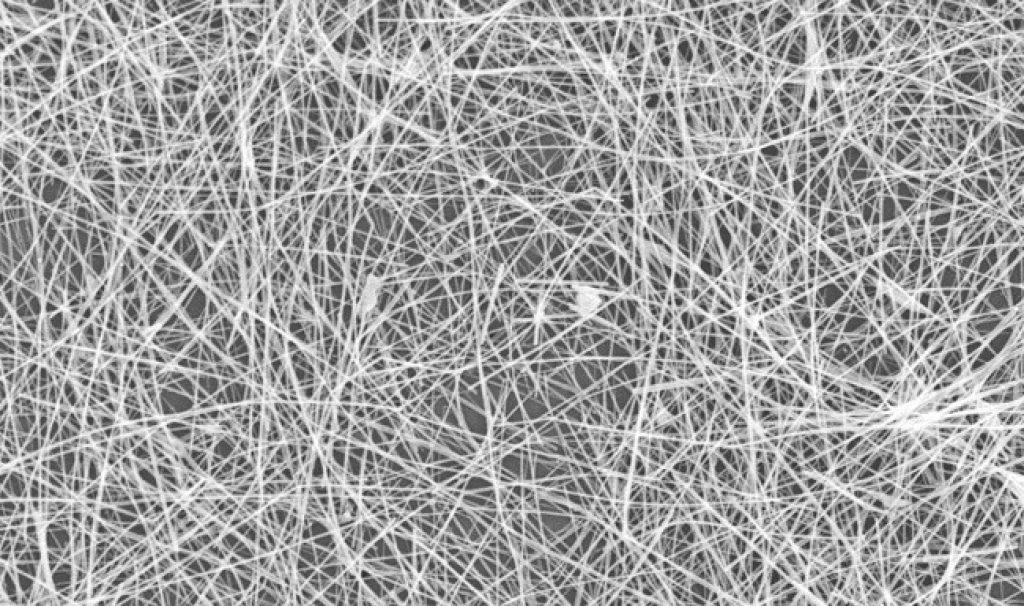Nano wires are less than 100 nanometers in diameter and can be as small as 3 nanometers (PhD in Nano-Microelectronics)
Researcher and author: Dr. ( Afshin Rashid)
Note: Nanowires are less than 100 nanometers in diameter and can be as small as 3 nanometers. Typically, nanowires are more than 1000 times larger in diameter. This huge difference in length-to-diameter ratio with respect to nanowires is often referred to as 1-dimensional materials. This leads to unique properties not seen in bulk materials, the minute size of nanowires means that quantum mechanical effects are of great importance.
Nano "quantum wires" use quantum mechanics to produce wires with a wide range of unique nanoelectric properties. These properties include quantum tunnels that have a very high conductivity to wires made of carbon nanotubes with electrons passing through the wire ballistically. Nanowires have a structure that has an amazing length to width ratio . Nanowires are very thin - it is possible to create nanowires with a diameter of only one nanometer, nanowires are used to create the smallest transistor (nanotransistors). Nano wire Nano wire can have insulating, semiconductor or metal properties . Insulators do not withstand electrical charges, while metals have very good electrical charges. The semiconductors are located between the two and are charged under suitable conditions. By placing the semiconductor wires in the proper configuration, transistors can be made that act either as switches or amplifiers . Some interesting and anti-flexible properties of nanowires are due to their small scale.
Some of the nanowires conducting ballistic are . In ordinary conductors, electrons collide with the atoms in the conductive material. This causes the electrons to slow down as they move, generating heat as a by-product. In ballistic conductors, electrons can pass through a conductor without collision. Nanowires can conduct electricity efficiently without generating intense heat. By reducing the bulk volume to the size of nanoparticles, its melting point decreases, because when you reduce each particle to the nanoscale, there is a significant increase in the surface-to-volume ratio. The structure and replication of nanowires approach from top to bottom and the approach of bottom-up . A top-down approach literally means that you consume a lot of the material you want to use for the nanowires and engrave until you get the right size. A bottom-up approach is an assembly process in which smaller particles are joined to a larger structure.
Nanowires are less than 100 nanometers in diameter and can be as small as 3 nanometers. Typically, nanowires are more than 1000 times larger in diameter. This huge difference in length-to-diameter ratio relative to nanowires is often referred to as 1-dimensional materials. This leads to unique properties not seen in bulk materials, the minute size of nanowires means that quantum mechanical effects are of great importance.
Researcher and author: Dr. ( Afshin Rashid)
PhD in Nano-Microelectronics




